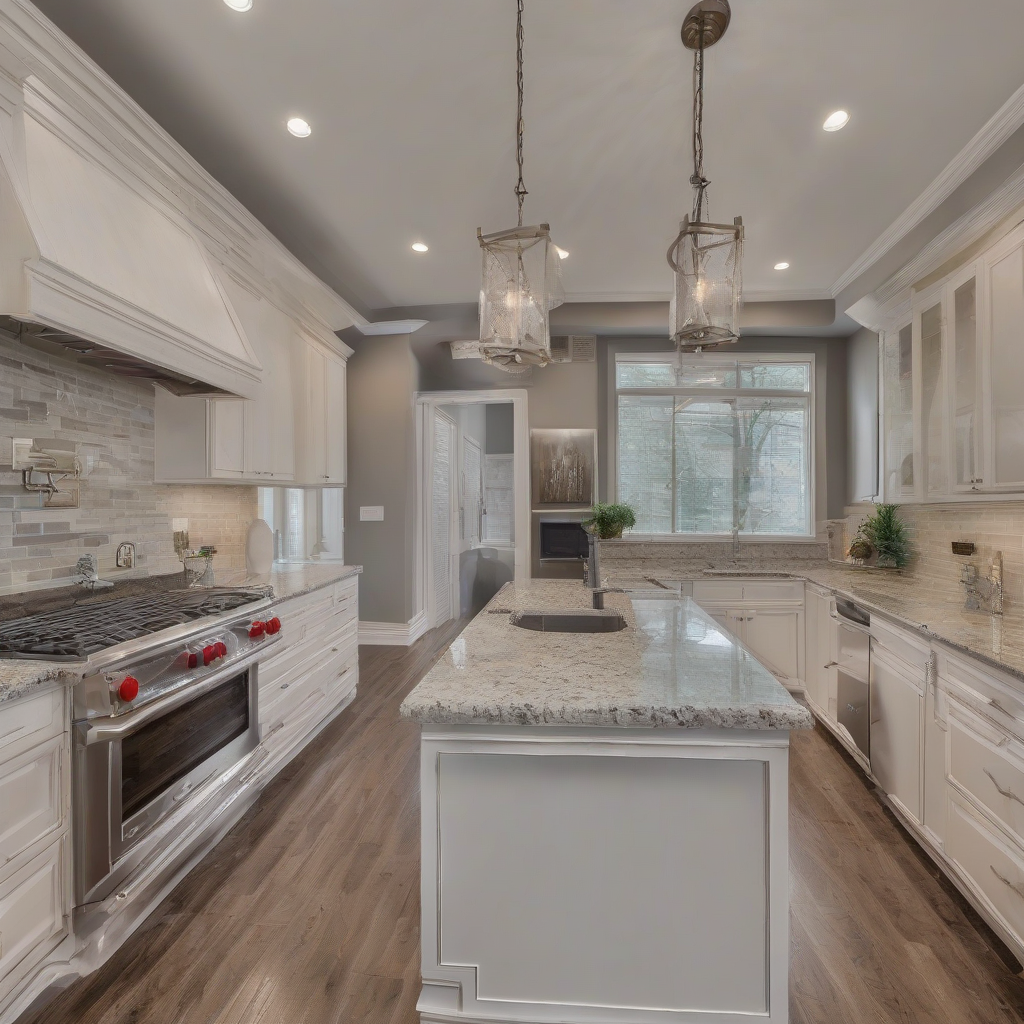Unlock Your Dream Home: A Comprehensive Guide to the Best Home Improvement Loans
Embarking on a home improvement project can transform your living space and boost your property value. However, financing these renovations can be a significant hurdle. Understanding the various loan options available is crucial to securing the best financing for your needs. This guide delves into the diverse landscape of home improvement loans, helping you navigate the process and choose the most suitable option for your project.
Types of Home Improvement Loans
Several loan types cater specifically to home improvements. Each offers unique terms, interest rates, and eligibility criteria. Let’s explore the most common options:
-
Home Equity Loans:
A home equity loan allows you to borrow against the equity you’ve built in your home. Equity is the difference between your home’s market value and the amount you still owe on your mortgage. These loans typically offer fixed interest rates, providing predictable monthly payments. However, you risk losing your home if you fail to repay the loan. Consider the potential impact on your financial stability before pursuing this route. The loan amount is typically disbursed as a lump sum.
-
Home Equity Lines of Credit (HELOCs):
Similar to home equity loans, HELOCs utilize your home’s equity as collateral. However, instead of receiving a lump sum, you gain access to a revolving line of credit. You can borrow funds as needed up to your approved credit limit. HELOCs generally have variable interest rates, meaning your monthly payments can fluctuate. They offer flexibility but require careful budgeting to manage potential interest rate changes.
-
Personal Loans:
Personal loans are unsecured loans, meaning they don’t require collateral like your home. This makes them accessible to individuals with less equity or those who prefer not to risk their home. Interest rates for personal loans vary based on your credit score and the lender. While flexible, personal loans typically have higher interest rates than home equity loans or HELOCs, resulting in higher overall costs.
-
Cash-Out Refinance:
A cash-out refinance involves refinancing your existing mortgage for a larger amount than your current balance. The difference is disbursed to you as cash, which you can then use for home improvements. While this option can provide significant funding, it extends your mortgage term and potentially increases your overall interest costs. Carefully weigh the benefits against the long-term financial implications.
-
FHA 203(k) Loans:
Specifically designed for home renovations, FHA 203(k) loans enable you to finance both the purchase and renovation of a property. This option is particularly useful for buying fixer-uppers. These loans have specific requirements and processes, requiring you to work with FHA-approved contractors and inspectors.
-
Construction Loans:
If your project involves significant construction, a construction loan might be necessary. These loans provide funding in stages as the project progresses, rather than a lump sum upfront. They typically require a detailed construction plan and regular inspections to ensure progress aligns with the loan agreement.
Factors to Consider When Choosing a Home Improvement Loan
Selecting the right home improvement loan depends on your individual circumstances and the specifics of your project. Consider these key factors:
-
Credit Score:
Your credit score significantly impacts your eligibility and the interest rate offered. A higher credit score generally leads to better terms and lower interest rates.
-
Loan Amount:
Determine the precise amount needed for your renovations. Accurate budgeting is crucial to avoid overborrowing.
-
Interest Rate:
Compare interest rates from multiple lenders to secure the most favorable terms. Consider both fixed and variable rates, weighing the predictability of fixed rates against the potential savings of variable rates.
-
Loan Term:
The loan term dictates the length of your repayment period. Longer terms typically result in lower monthly payments but increase the overall interest paid. Shorter terms lead to higher monthly payments but reduce the total interest cost.
-
Fees and Charges:
Be aware of any associated fees, such as origination fees, closing costs, and prepayment penalties. Compare the total cost of borrowing across different loan options.
-
Repayment Ability:
Assess your ability to comfortably manage monthly payments alongside other financial obligations. Avoid overextending your finances.
-
Project Scope:
The nature and scale of your project influence the type of loan most suitable. A large-scale renovation might necessitate a home equity loan or cash-out refinance, whereas smaller projects could be financed with a personal loan.
Comparing Lenders
Shopping around for loans is crucial. Don’t settle for the first offer you receive. Compare interest rates, fees, and terms from multiple lenders, including banks, credit unions, and online lenders. Consider factors such as customer service reputation and ease of application.
Avoiding Common Pitfalls
Home improvement projects can be emotionally charged, leading to impulsive financial decisions. Avoid these common pitfalls:
-
Overborrowing:
Stick to your budget and avoid borrowing more than necessary.
-
Ignoring Fees:
Carefully review all loan fees and charges before signing any agreements.
-
Neglecting Interest Rates:
Compare interest rates from various lenders to obtain the most favorable terms.
-
Unrealistic Expectations:
Be realistic about your project timeline and costs.
-
Lack of Planning:
Thoroughly plan your project, outlining costs, timelines, and potential contingencies.
Conclusion (Not included as per instructions)



